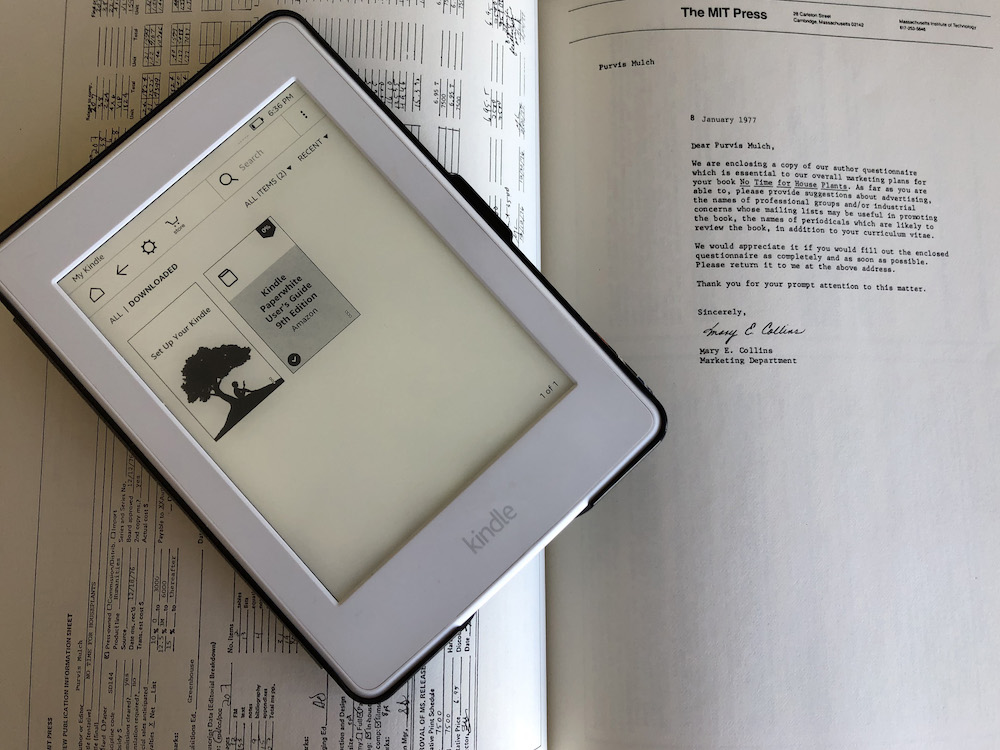The timeline of the emergence of ebooks is a source of endless debate. However, Project Gutenberg’s title as the first digital library is not contended. By 1999, Simon & Schuster had become the first trade publisher to publish in both digital and print formats. In the following decade, the market for ebooks expanded exponentially, thereby enticing every major publisher to pursue that course. With the advent of the digital product came new avenues for selling it. Since conventional sales channels were not a conducive option, publishers had to switch to a different medium. The period between 2004 and 2010 witnessed a rapid evolution in the market for ebooks, as well as in their reach in the consumer space. During the same period, Google, Amazon, Sony, and Apple entered this sector, launching their own ebook stores and ereading platforms. With consumer patterns changing at an unprecedented rate, publishers started tailoring their pricing strategies to make the best of this transformation.
Nearly a decade ago, ebooks were on the rise, and it was believed that this would lead to the imminent death of the print book. Some experts went as far as stating that the market for print books would plunge into oblivion. These prophecies turned out to be both true and false to some extent. While the market for ebooks soared at an unprecedented rate, the print book still holds its place with its head held high. In fact, the fulcrum appears to be at a tipping point right now, which is contrary to the predicted demise of print books. The fact that most publishing houses now produce both print and digital versions of books, rather than completely switching to the digital space, is proof of this.
While digital reading devices like the Kindle, the iPad, and the NOOK have made it easier to carry hundreds of books around, they don’t come close to providing the warm feeling associated with the smell and texture of a print book. The technology of ebook production hasn’t undergone a great evolution since its inception, but interactive ebooks are reflecting new, innovative ideas. Interactive and educational ebooks can be a great medium for teaching children. They have the power of transforming something dull and intimidating into something fun and exciting.
When it comes to the distribution of books, publishers have always followed the wholesale model—providing books to retailers at a discount on the selling price—which allows the retailer to set the price at which they want to sell the book to customers. The distribution of ebooks, however, became a little murky, with no clear guidelines and no precedent. The significant drop in production costs for ebooks was also a crucial factor in determining the retail price of ebooks. Unlike with print books, the cost of producing an ebook is fixed and doesn’t significantly vary with the number of ebooks being produced. With the right promotion, this can be a great opportunity for breaking even on the cost of producing print books.

